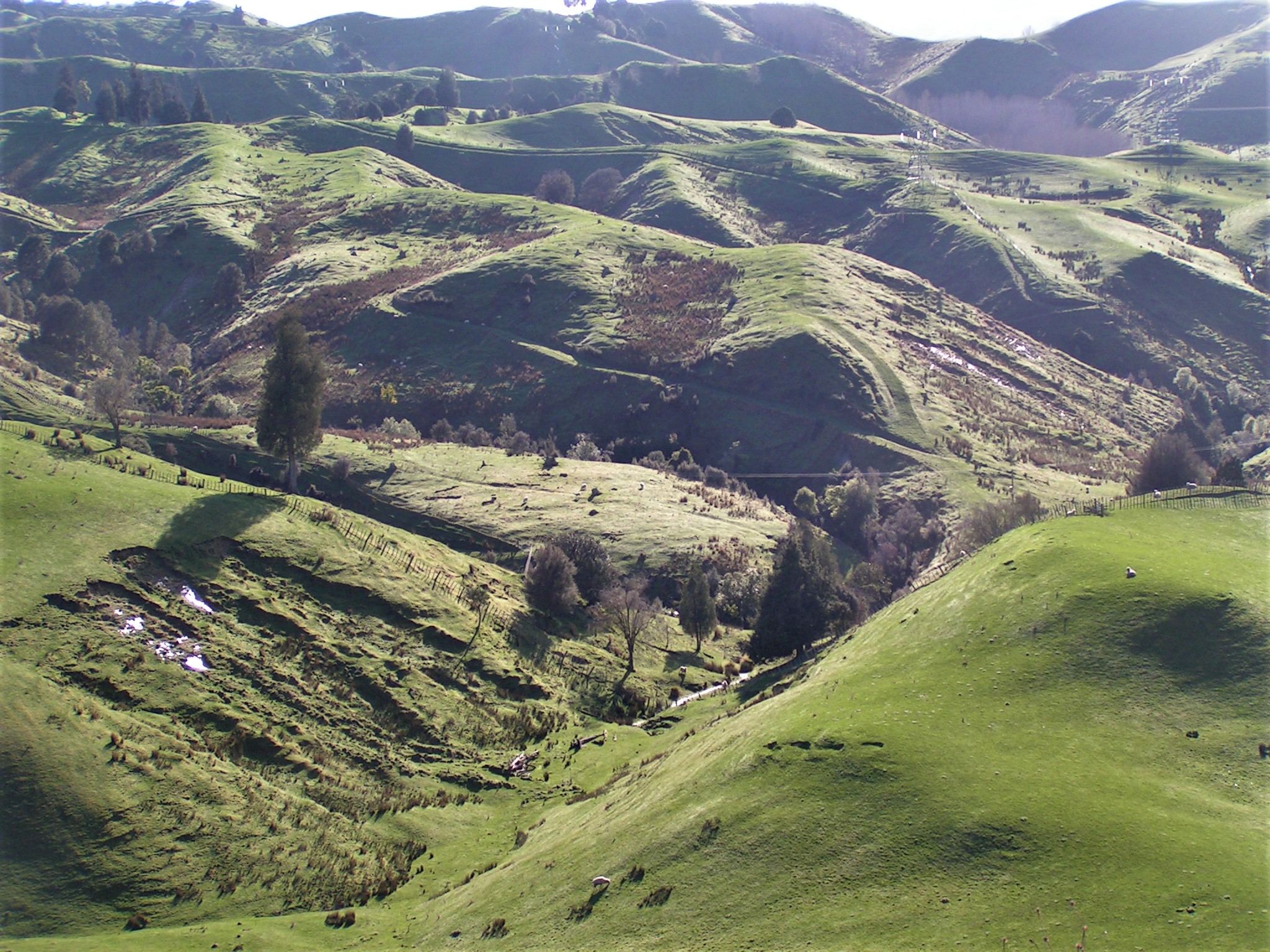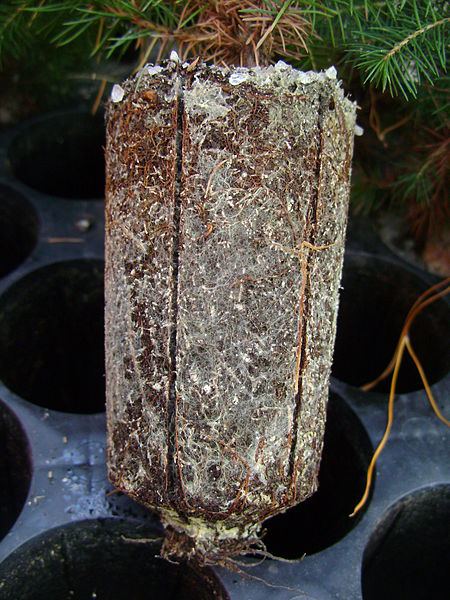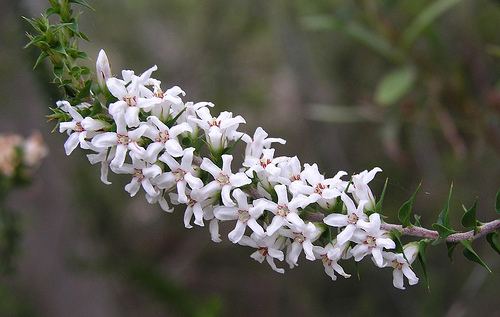Frankster
Never trust a doctor who's plants have died.
Supporter
- 5,188
- 313
I was stoned as fuck over at a friends house today, and had an epiphany! Backstory: I've got a plot of land in the mountains next to a landslide zone from a few years back, and last year I had about 1/2 acre of land fall off my lower end, into the slide zone, (approx: 1000 dump truck full) Some big timbers fell as well. Where the spring melt channels during the spring melt, it's essentially a small underground aquifer/slide area that runs part time of the year. I've also got a big full time creek that runs though the center of the property all year long, running nearly 900 feet downhill about 1/4 mile run.
This was my epiphany! I could not only use my fungi mixtures to stabilize some fall zones on my property, and increase the fungal diversity and thickness, but it would also help the plants grow two or three times faster, and speed the recovery of the landslide zone. It's a rain forest area, so the fungi will grow fast, and spread though the area's that need repair.
What I've found on the subject: I wouldn't mind turning this place into a fungal paradise....

 blogs.agu.org
blogs.agu.org


 blogs.agu.org
blogs.agu.org
But now I'm reading that they can also sequester carbon at far higher rates than forest....
 nph.onlinelibrary.wiley.com
nph.onlinelibrary.wiley.com
Shouldn't industrial fungi farming be able to prevent the entire eco-system from collapse? and are beneficials the redundancy built into the eco-system in balance with more primitive, toxic and deadly forms of pathological and parasitic fungi?
Seems like it's some sort of redundancy built into the ecosystem, if say the earth becomes more "acidic"..
Mycorrhiza Kingdom to the rescue!
This was my epiphany! I could not only use my fungi mixtures to stabilize some fall zones on my property, and increase the fungal diversity and thickness, but it would also help the plants grow two or three times faster, and speed the recovery of the landslide zone. It's a rain forest area, so the fungi will grow fast, and spread though the area's that need repair.
What I've found on the subject: I wouldn't mind turning this place into a fungal paradise....

The role of mycorrhizal fungi in preventing landslides
An interesting short article points out that mycorrhizal fungi may play a key in reducing the susceptibility to landslides

Species Abundance of Fungi is Greater in Landslide Areas Compared to Undisturbed Areas of the Forest in Monteverde, Puntarenas, Costa Rica
Author(s): Lopez, Sunshine | Abstract: Fungi plays an important role in the ecosystem by decomposing dead plants, and otherorganic matter. Without this process, there would be an accumulation of organic material in theforest which would go un-decomposed. Fungi, which are saprotrophic macrofungi...
escholarship.org

Fungi make steep slopes more stable
Fungi are fantastic. They give us beer, bread and cheese. And if those delicious reasons aren’t sufficient, then here’s another: a new study suggests some fungi can help prevent shallow landslides and surface erosion.
But now I'm reading that they can also sequester carbon at far higher rates than forest....
Error - Cookies Turned Off
Shouldn't industrial fungi farming be able to prevent the entire eco-system from collapse? and are beneficials the redundancy built into the eco-system in balance with more primitive, toxic and deadly forms of pathological and parasitic fungi?
Seems like it's some sort of redundancy built into the ecosystem, if say the earth becomes more "acidic"..
Mycorrhiza Kingdom to the rescue!







